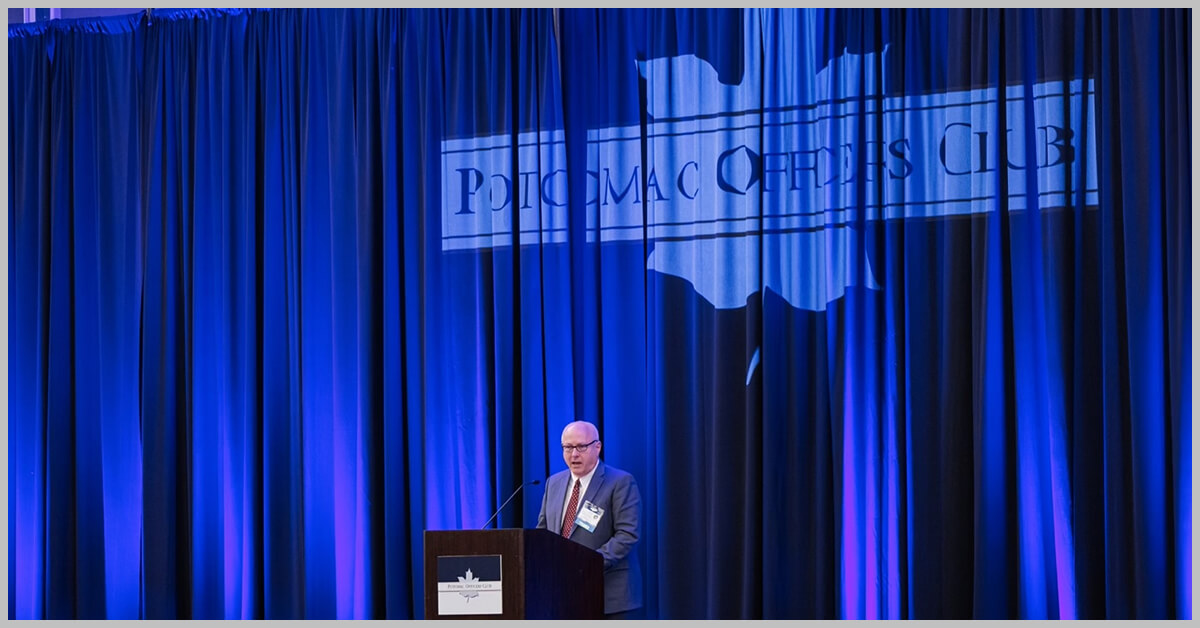According to Stephen Welby, deputy director for national security within the White House’s Office of Science and Technology Policy, the Biden administration sees artificial intelligence as “one of the most powerful technologies of our time” and a major component of maintaining American leadership in the world.
The White House has recently taken steps to guide the future of AI in the United States, such as passing an Executive Order meant to ensure that AI technologies are designed with safety and security in mind. Advancing trustworthy AI is the first of seven key priorities identified in OSTP’s fiscal year 2025 budget, which is still in development.


Though this technology offers numerous benefits, Welby emphasized that it is critical to manage the challenges that come with it.
“Because the potential of AI is very broad and it can have potentially significant impact in many sectors, the risks we face are also broad,” he explained during the Potomac Officers Club’s 10th Annual Defense R&D Summit on Wednesday.
Welby said he is primarily concerned with “practical risks” as opposed to other hypothetical challenges and noted cybersecurity, biosecurity and information integrity as his three main focus areas.
He pointed out that these issues are not new, but there is now concern about “AI accelerating risks that we were already challenged to manage in the first place.”
Welby said AI also poses risks associated with fraud, civil rights, civil liberties, other human rights and jobs and the economy.
AI is intertwined with other OSTP priorities, particularly the goal of leading the world in global security amidst geopolitical challenges and evolving risks.
As one of the Department of Defense’s 14 critical technology areas, AI is already entrenched in U.S. national security initiatives. According to Welby, OSTP is looking at “understanding concerns about AI and autonomy efforts” as a means to “help us rethink the way that we can accelerate innovation into practice” while considering both short- and long-term risks to support national security objectives.
He shared that OSTP assesses technology risks through a “lens of competition” in both the national security and economic spaces and approaches the development of new technologies with a goal of maintaining a U.S. advantage in all domains. The office also considers the potential impact and probability of risks.
“Technology helps us to drive not towards pure incremental improvement, but really bold and audacious goals that help us deliver new products and services to advance our capacity in our national security sector and in our economy,” Welby said.
AI is just one component of OSTP’s wider aim to harness emerging technologies to uplift the U.S. Welby noted climate-related issues, health outcomes, reducing barriers and inequities, building future economic competitiveness and strengthening American research overall as other major budget priorities.


Interested in learning more about how the federal government is exploring AI? At the Potomac Officers Club’s 5th Annual AI Summit on March 21, leading AI experts from both the public and private sectors will come together to discuss the challenges and opportunities presented by this emerging technology. To learn more and register to attend the event, click here.








